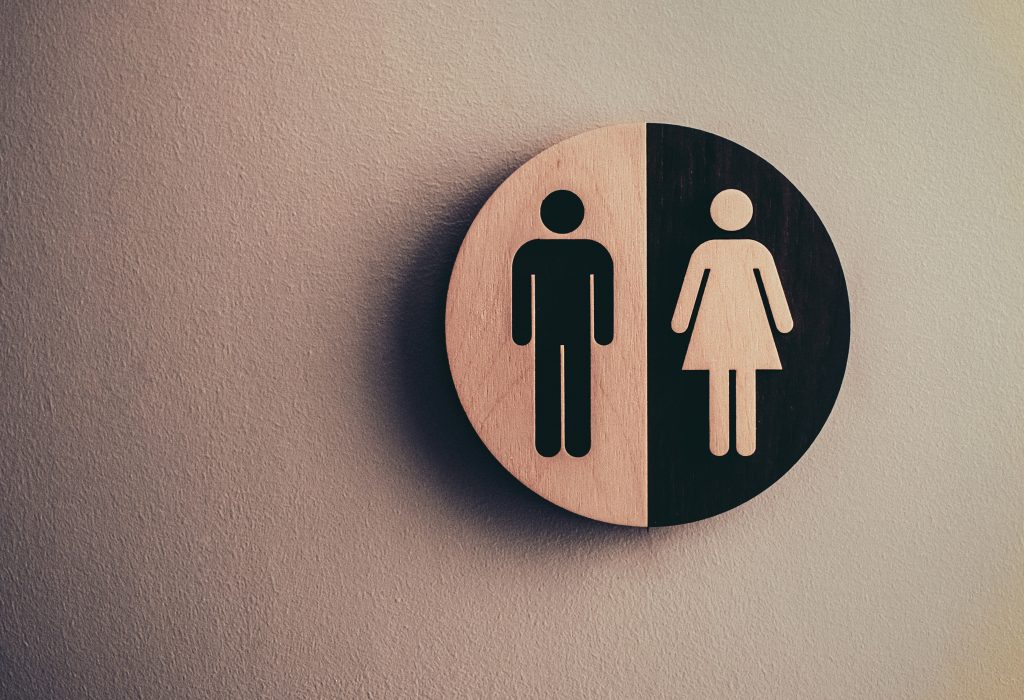A bit of a different note for this blog, a brief examination of the differences in the ways men and women approach the world. What does that have to do with a scribbler, a teller of tales and a creator of fictions, you ask? A lot. Rare indeed is the novel that does not feature some degree of romance or sexual tension between the leading protagonists (or antagonists), and every reader eagerly awaits the revelation of how that unspoken attraction will be resolved. A passionate embrace, a knife in the dark, or a roll of the eyes and shake of the head?
Problem is, we writers so often get it wrong. Most male authors do a credible job with their female characters, and most female writers do fairly well with men. But we have a difficult time truly walking in each other’s shoes, in capturing the subtle (and sometimes not so subtle) nuances that reflect differences in any particular situation. Recently, I had to have a female character kidnapped when trying to get into her car with a van close beside it on the driver’s side. I added elements of a driving rain, the woman being late for an appointment, and broad daylight (though later in the day) to help explain her decision to go right by the sliding door of the van…and get snatched. My daughter, upon reading this, went ape-shit. She assured me it could be a full hurricane in a life-and-death race at high noon, and she would still get in on the passenger side and crawl over to the driver’s seat rather than put herself in such an exposed position. I had to resort to the old standby of having the woman simply make a dumb choice. Bad decisions are not gender-specific.

The great majority of us spend almost every day of our lives trying to understand the other gender. Let me state for the record that I am a scarred veteran of the battle of the sexes and side proudly with those who pee standing upright. But I have raised three daughters and have a strong-willed wife, so now at the ripe old age of 70, I believe I’m qualified to offer some insights into this age old struggle.
Hard fact: we live in a male-dominated world. It seems safe to say that this is a carry-over from olden and even pre-historic times when brawny men gathered behind a strong leader to face enemies and predators and threats of all kinds. But it’s not exactly a template for the modern day. I mean, when was the last time that a chairman roused his board of directors and led them out to bring down a couple of mammoths with spears and stone-pointed arrows?
Different environment and different prey, you allow, but surely the basic tenets still apply, the strongest male directing the attack, the power of his personality rallying his eager subordinates to overcome all obstacles. Well…nah. With the current state of business, with postering, politics, and posterior protecting, a book about corporations today would be more akin to a spy novel than “Atlas Shrugged”. Or a young adult mystery.
No, I am leaning towards what I consider to be a female-approach to governance. Let me first stress that women in the current political and economic structure are up against more than a glass ceiling where good old boys tend to promote other good old boys. They are trying to survive and prosper in a system designed by men to cater to men, the alpha male syndrome. They are competing in a testosterone-soaked environment where even their wins tend to earn them the title of “bitch”.
Women, it seems to me, take a different approach. Women, more than men, embrace a culture of discussion and shared duties where multiple people are encouraged to contribute and even decide any given issue. People who feel they have contributed to a decision are more likely to support its implementation which is not always the case when a male superior shoves his ideas down his subordinates’ throats. The leader still has the ultimate responsibility, and as a leader, they still must orchestrate and direct their teams, minimizing conflict while exploring all options. But leadership involves more talking with you than talking to you.
Oh, I’m not saying this system of consensus building doesn’t have its own problems and limitations. If consensus devolves into compromise, you have moved from win/win to lose/lose-less. And I am certainly not saying that women are less capable of standing up and making a difficult call when time is of the essence. But this is an approach to gender-equality that would maximize the knowledge and ideas of a broad band of those involved in the decision-making process and lead to fewer mistakes and better execution. In any case, it is still better than the image of old fat guys rolling out of the corporate board room dressed in animal hides and wielding spears behind their alpha male leader.

Leave a Reply